What Is Excelsior Scholarship and Is It Really Beneficial?
What is Excelsior Scholarship?
The “Free College” Program has gotten a lot of attention from students who are struggling with the complicated financial aid system. In 2017, Governor Cuomo promised to provide Excelsior scholarship to provide tuition-free college – the first program that covers training for New York’s public faculties and universities – for households earning up to $125,000 per year, with the program expected to benefit up to 640,000 New Yorkers, covering any tuitions that were previously not covered by other types of financial aid.
Thanks to New Yorks’s first to be the institution of enforcing this scholarship, now the elite schools such as Massachusetts Institute of Technology (MIT), Stanford, University of Michigan, and University of Wisconsin are enforcing this program for college students who meets profits necessities for need-based aid.
MIT, for example, awards scholarships to 98 percent of candidates with profits ranging up to 125,000, which covers tuition, fees, and $4,827 toward housing costs – a typical MIT Scholarship of $58,617. In another case, Stanford University increased the full-tuition scholarship from $125,000 in annual family earnings to $150,000 as reported by Stanford Report, which is slowly displaying some adjustments among colleges.
According to the Excelsior Fact Sheet, being the remaining dollar award – the Excelsior award will be zero if the amount of grants and scholarships exceeds the value of tuition. Awards may also vary; however, the maximum annual Excelsior Scholarship is $5,500. It should be noted that if a college student fails to complete 30 credits within a year, they will forfeit the second payment as well as all future payments. Furthermore, the award, which includes TAP, Pell, and other scholarships, is deducted from the tuition freeze of $6,930 at CUNY and $7,070 at SUNY.
According to New York State, the Excelsior Scholarship will allow full-time SUNY and CUNY in-state college students to attend university without having to pay tuitions, by allowing up to 55 percent. However, 43,513 out of 63,599 applications were denied for Excelsior Scholarships, with the most common reason being “inadequate credits, which comprised 83 percent of rejected applications, along with 6 percent of exceeding the earnings restriction, etc,” according to the Center for an Urban Future.
Contrary to what has been promised to recipients of the Excelsior Scholarships for the middle to lower classes, it primarily benefits first-year college students with incomes exceeding $70,000, which exceeds the city’s median household incomes. Surprisingly, only about 25% of eligible first-year college students received a reward, with even lower charges for eligible community college students, including those with Black and Hispanic students – even though applicants met all eligibility criteria.

Students must complete the Free Application for Federal Student Aid, the country TAP application, and the Excelsior scholarship to be considered for the Excelsior scholarship. To keep the excelsior in second year, a comparable procedure must be followed, which includes submitting the FAFSA and TAP application while meeting all of the requirements for the need.
What are the other options besides Excelsior?
While students compete for the Excelsior Scholarship, they do have other options. Tuition Assistance Program (TAP), unlike Excelsior, subsidizes a completely tuition-free SUNY and CUNY education for students who receive Excelsior Scholarships while also reducing personal university attendance college students with low-income.
The Pell grant, which is a need-based federal monetary aid that does not have to be repaid, is greatly appreciated. According to New York State, TAP does not have to be repaid and awards students up to $5,665, which is reachable for both full-time and part-time students.

According to Federal Student Aid, the maximum amount you can get from a Pell Grant in 2021 – 2022 is $6,495 based on Expected Family Contributions, lesson cost, and student popularity as a full-time or part-time student.
Unlike how Black college students were not considered the primary race to benefit from Excelsior Scholarships, according to Education Data Initiative, approximately 58 percent of Black college students received Pell Grants, with the average amount of $3,400. Nonetheless, the Pell Grant primarily benefits families with annual incomes of less than $20,000 per year (51 percent). According to the National Center for Education Statistics, 72 percent of Black students received Pell Grants, while Asian students received 36 percent and White students received 34 percent.
It is unknown if the data only examined a few application metrics, but the fact that the Excelsior Scholarship has a complicated application process does not change, and the benefits they truly receive are unclear for those who are no longer recipients. The fact that so many students are hesitant to enroll in college because of the college fee – should be addressed and resolved with a high likelihood of receiving scholarships.
Read more: Biden’s Plan to Double Pell Grants







